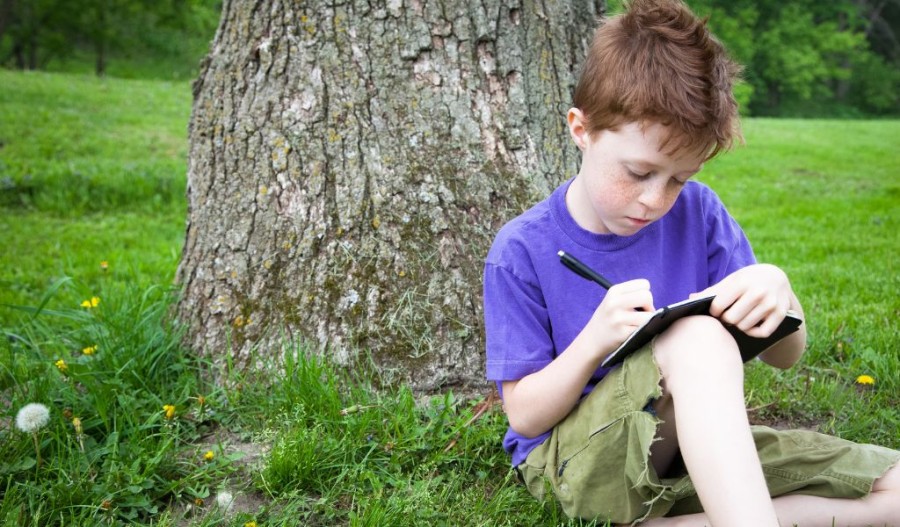
Older students can dive into the science behind air quality, analyze data, and even explore policy and advocacy. Seasonal changes can be tied to real-world issues like wildfire smoke and ozone levels. Implement these strategies to help students tackle those issues.
Activity 1: Seasonal Air Quality Case Study
Give students an opportunity to analyze how a specific seasonal event can affect air quality. Students each choose a topic, like summer ozone spikes, winter wood burning, or spring agricultural dust, and research its causes, effects, and solutions. They present their findings in a report or presentation. Have students include interviews, data analysis, or local news coverage.
Activity 2: Community Air Quality Campaign
Once students have learned the information, empower them to act. Have students design a campaign to raise awareness about seasonal air quality issues in their community. This could include posters, social media posts, or a school-wide event. Encourage solutions like reducing car idling, planting trees, or checking the AQI before outdoor sports.




